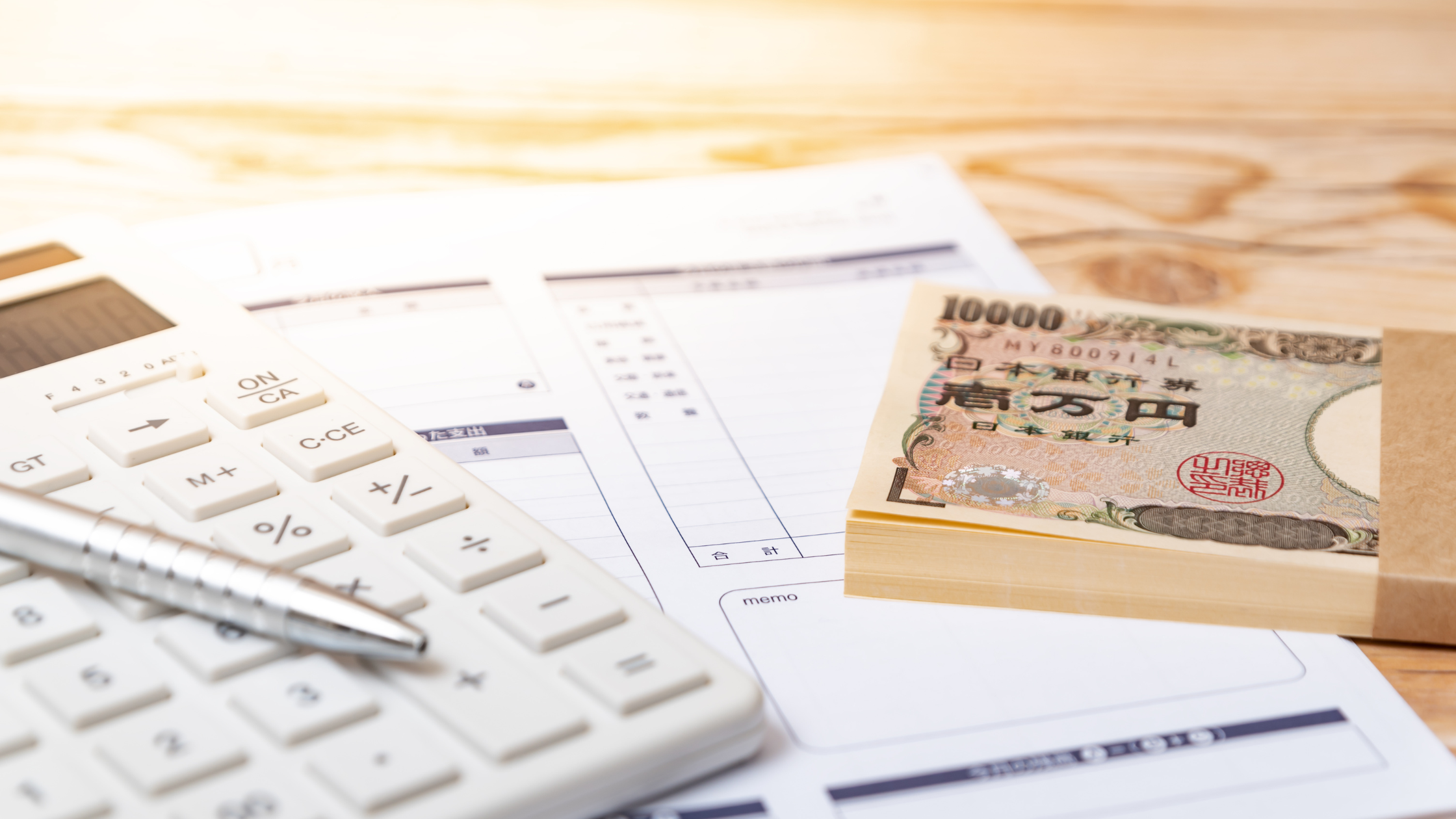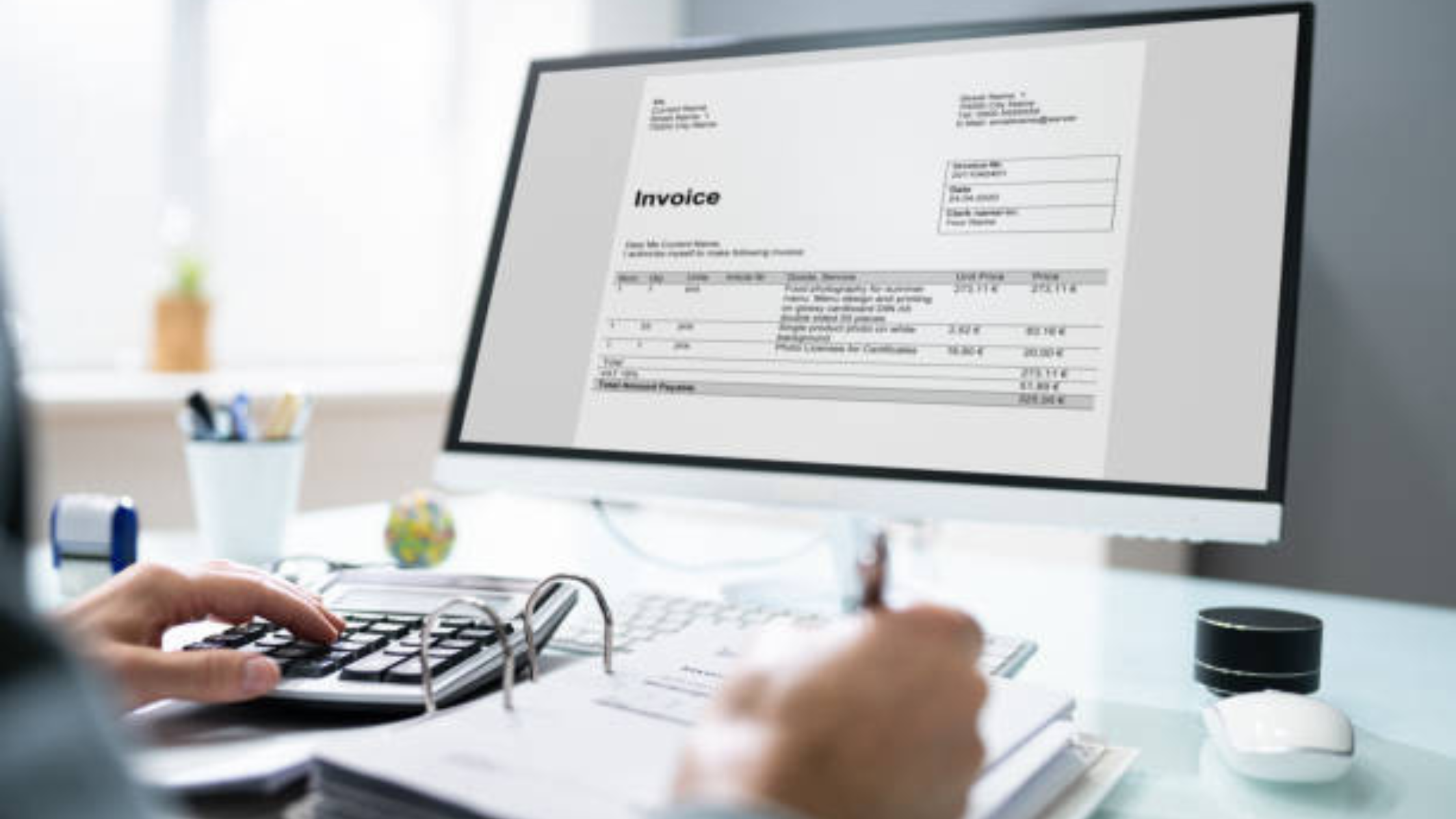Effortlessly Create Food Bill Receipts for Your Restaurant

In the fast-paced restaurant industry, the ability to create food bill receipts efficiently is crucial for streamlining operations and providing top-notch customer service. From small family-owned eateries to large franchises, having a seamless process in place for generating accurate and professional receipts is essential. This not only helps in tracking orders and payments effectively but also enhances the overall dining experience for patrons. In this digital age, technology has revolutionized the way businesses manage their transactions, making it easier than ever to produce detailed and customized receipts. By leveraging user-friendly software and tools, restaurant owners and staff can effortlessly create food bill receipts that are not only informative but also visually appealing. In this competitive landscape, staying ahead of the curve with modern receipt generation techniques can set a restaurant apart and contribute to its success. Let's explore the innovative solutions available for simplifying the creation of food bill receipts in the restaurant industry.
Key Components of a Food Bill Receipt
When dining out at a restaurant, one of the last interactions you have before leaving is receiving the bill. This piece of paper holds crucial information not just for the restaurant, but also for you as a customer. Let's delve into the key components that make up a food bill receipt:.
- Itemized List of Ordered Dishes
The first thing you'll notice on a food bill receipt is a detailed list of all the dishes you ordered. Each item is usually accompanied by a code or a brief description to help identify it. This breakdown ensures transparency and accuracy in billing.
- Prices and Quantities
Next, you'll see the prices of each dish listed along with the quantity ordered. This information allows you to verify that you have been charged correctly for what you consumed. It also helps in case you need to split the bill with others at your table.
- Taxes and Additional Charges
Taxes and additional charges, such as service charges or delivery fees, are typically included in the total amount due. These extra costs may vary based on local regulations or restaurant policies. Understanding these charges can give you insight into the overall cost of your meal.
- Total Amount and Payment Details
At the bottom of the receipt, you'll find the total amount you owe. This includes the sum of all charges, taxes, and fees. Payment details, such as acceptable payment methods and any specific instructions, are also provided to guide you through settling the bill.
A food bill receipt is more than just a piece of paper with numbers; it's a breakdown of your dining experience in terms of cost. By understanding its key components, you can ensure that you are being charged accurately and can address any discrepancies if they arise.
Additional Information:
- Splitting the Bill
When dining in a group, splitting the bill can sometimes be a hassle. Some restaurants offer the convenience of splitting the bill equally among diners, while others may require you to specify which items each person consumed. Understanding the restaurant's policy on splitting bills can make the payment process smoother.
- Discounts and Promotions
Keep an eye out for any discounts or promotions applied to your bill. Restaurants may offer deals for certain days, times, or customer groups. Checking for these discounts ensures you are not overpaying and can take advantage of any special offers available.
- Contact Information
In case you have any queries or feedback about your dining experience, the food bill receipt often includes contact information for the restaurant. This allows you to reach out with any concerns or compliments, helping the restaurant improve its service and address any issues you may have faced.
By paying attention to these additional aspects of a food bill receipt, you can enhance your overall dining experience and ensure a smooth payment process.
Benefits of Using Digital Tools for Creating Receipts
The utilization of digital tools for creating receipts offers a multitude of advantages that can significantly enhance business operations. Let's delve deeper into the benefits of incorporating digital solutions for receipt management:.
Enhanced Efficiency in Generating and Storing Receipts
One of the primary benefits of adopting digital tools for receipt creation is the remarkable efficiency it brings to the process. By leveraging automated systems and software, businesses can generate receipts swiftly and accurately, reducing the margin for errors that are common with manual entry. Moreover, the digital nature of these receipts allows for seamless storage in secure cloud-based repositories, ensuring quick access and retrieval whenever necessary. This not only saves valuable time but also streamlines record-keeping processes, enhancing overall organizational efficiency.
Extensive Customization Options for Branding and Customer Engagement
Digital tools provide businesses with a unique opportunity to customize receipts in ways that amplify brand identity and engage customers effectively. Through these tools, companies can incorporate personalized branding elements such as logos, color schemes, and promotional messages into their receipts, creating a cohesive brand experience for consumers. This level of customization not only reinforces brand recognition but also fosters a stronger connection with customers, ultimately enhancing loyalty and driving repeat business.
Commitment to Sustainability and Environmental Responsibility
In addition to operational benefits, the shift towards digital receipts signifies a commitment to sustainability and environmental stewardship. By reducing reliance on paper receipts, businesses can significantly decrease paper consumption and contribute to eco-friendly practices. This eco-conscious approach not only minimizes waste but also aligns with modern consumer preferences for environmentally responsible businesses. Embracing digital receipt solutions reflects a company's dedication to sustainable practices and positions it as a socially responsible entity in the eyes of environmentally conscious consumers.
Advanced Data Analytics and Insights
Beyond traditional receipt management, digital tools offer the advantage of advanced data analytics capabilities. By capturing and analyzing receipt data, businesses can gain valuable insights into consumer behavior, purchasing patterns, and trends. This data-driven approach enables businesses to make informed strategic decisions, optimize marketing campaigns, and enhance overall operational performance. The integration of analytics tools with receipt management systems empowers businesses to unlock hidden opportunities for growth and profitability.
The benefits of leveraging digital tools for creating receipts extend far beyond mere transaction documentation. From efficiency gains and branding opportunities to environmental sustainability and data-driven insights, embracing digital receipt solutions represents a strategic investment in operational excellence, customer engagement, and sustainable business practices.
Best Practices for Creating Food Bill Receipts
Consistency in Format and Layout
Maintaining consistency in the format and layout of food bill receipts is crucial for a professional and organized appearance. This includes using the same font style, size, and color throughout the receipt. Additionally, ensure that the sequence of items such as order details, prices, taxes, and the total amount is consistent in every receipt. Consistency not only enhances the visual appeal of the receipt but also makes it easier for customers to navigate through the information.
Including Necessary Legal Information
It is essential to include all the necessary legal information on food bill receipts to comply with regulations and build trust with customers. Apart from the basic business details, consider adding information about return policies, allergen disclaimers, and any terms and conditions that may affect the customer's experience. Providing comprehensive legal information demonstrates transparency and professionalism, fostering a positive relationship with patrons.
Double-Checking Accuracy Before Providing to Customers
Before handing over the food bill receipt to the customer, always double-check the accuracy of the information. Verify that all items listed, prices charged, taxes applied, and the total amount due are correct. In addition to ensuring accuracy, take the time to personalize the receipt by adding a thank you note or a promotional message. This personal touch can leave a lasting impression on customers and encourage repeat business.
Utilizing Technology for Efficiency
Leveraging technology can streamline the receipt creation process and improve overall efficiency. Consider investing in a point-of-sale (POS) system that automatically generates itemized receipts, calculates taxes, and stores transaction data securely. Using digital receipts not only reduces paper waste but also provides a convenient option for customers who prefer electronic records.
Soliciting Feedback for Continuous Improvement
Lastly, encourage customers to provide feedback on the receipt format and content. Feedback can help identify areas for improvement, such as clarity of pricing information or the readability of the receipt. By actively seeking and implementing customer feedback, you demonstrate a commitment to enhancing the overall dining experience and meeting the needs of your clientele.
Implementing these best practices for creating food bill receipts can elevate the professionalism of your establishment, instill confidence in your customers, and contribute to a positive dining experience.
Conclusion:
Utilizing technology to effortlessly create food bill receipts for your restaurant is not only a time-saving method but also enhances the overall dining experience for your customers. By streamlining the billing process, you can improve efficiency, accuracy, and customer satisfaction. Embracing digital solutions not only modernizes your restaurant operations but also sets you apart in a competitive industry. So, don't hesitate to adopt this innovative approach to revolutionize your restaurant's billing system.







